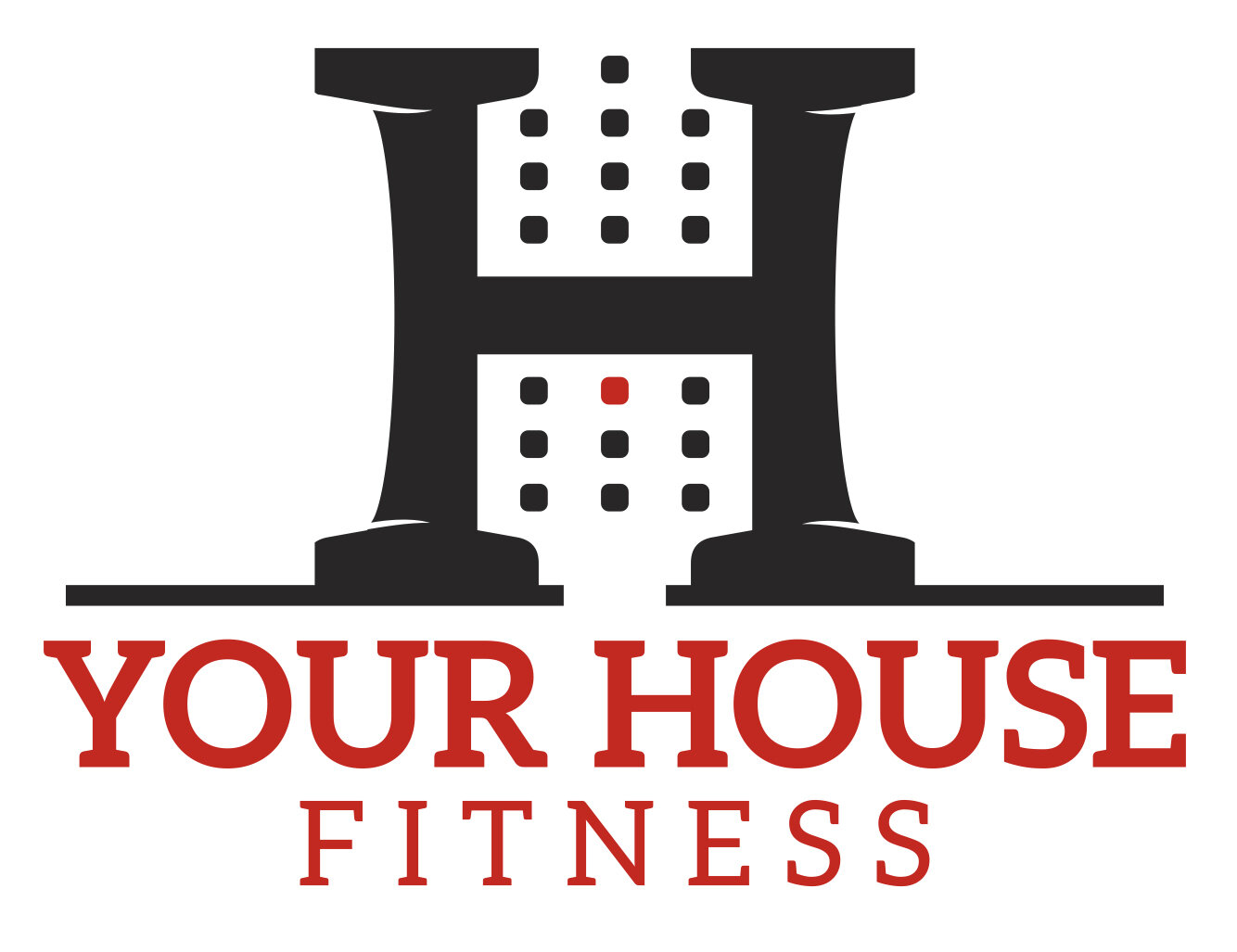Muscle Breakdown: Semimembranosus
Table of Contents
What Exactly Is the Semimembranosus
The Semimembranosus is one of the three muscles that make up the Hamstrings. It is located in the medial posterior thigh and is deep to the Semitendinosus. The overall shape and composition of the Semimembranosus is flat and membranous.
Semimembranosus Muscle & Cadaver
Semimembranosus Function
The Semimembranosus has the same function as the Semitendinosus, that is to,
Extend and internally rotate the hip
Flex and internally rotate the knee
Assists in stabilizing the Pelvis
Semimembranosus Origin And Insertion
Semimembranosus Origin
The Semimembranosus originates from the Ischial Tuberosity.
Semimembranosus Insertion
The Semimembranosus inserts into the medial condyle of the Tibia.
Semimembranosus Action
The Semimembranosus in combination with the other muscles of the Hamstrings helps to produce the following movements:
Walking
Lunging
Running
Jumping
Semimembranosus Tendon
The tendon of the Semimembranosus appears in the mid-thigh and continues until the insertion point. Sometimes, Semimembranosus Tendinopathy can occur from overuse of the muscle and friction from the surrounding muscles on the Semimembranosus tendon. Activities such as triathlons, running downhill, distance running and weightlifting can increase the risk of Semimembranosus tendinopathy from the repeated movement at the hip and the knee.
Tenderness and pain around the medial or posterior knee can be a common sign of Semimembranosus Tendinopathy. Rest, ice, heat and elevation are all great methods of treatment, but it would be best to see your doctor to obtain a proper diagnosis and treatment plan.
Semimembranosus Pain
Pain in the Semimembranosus is often caused by Semimembranosus Tendinopathy. The level of pain experienced can be increased with activity, so it is best to rest and let the tendon heal when you are experiencing discomfort.
Semimembranosus Pain can also be the result of a Semimembranosus Strain. When you begin to experience pain in any muscle, it is best to seek medical attention to prevent further injury.
Semimembranosus Strain
The Hamstrings in general are pretty susceptible to muscle strains, especially if you are involved in sports. Hamstring strains are classified as Type 1, Type 2 or Type 3. Type 1 strains are usually caused by sudden heavy loading of the Hamstring and are considered to be mild.
Type 2 strains feature a mild tear in the muscle, and you will experience swelling or bruising. Type 3 strains are when the muscle is completely torn, and you will not be able to put pressure on that leg. Your symptoms will be most intense with a Type 3 strain.
Semimembranosus Bursa
There is a bursa that is in the shape of the letter ‘U’ that surrounds the bottom of the Semimembranosus tendon and the medial head of the Gastrocnemius. Repeated friction on the bursa can cause irritation that can lead to Semimembranosus Bursitis.
Semimembranosus Bursitis
Semimembranosus Bursitis is not common, and usually is seen in older adults as their tendons weaken. It is when the Semimembranosus Bursa becomes irritated, typically from repetitive movement.
Symptoms of Semimembranosus Bursitis include stiff and swollen joints and redness. Treatment for Bursitis includes rest, ice, heat and elevation. An anti-inflammatory can also help to reduce pain, and seeking physical therapy can help to speed up the recovery process.
Semimembranosus Innervation
The Semimembranosus is innervated by the Tibial branch of the Sciatic Nerve.
Semimembranosus Exercises
Semimembranosus Stretch
Try the following stretches to engage the Semimembranosus and the Hamstring muscle group:
Strap Stretch
Lie down on the floor with a resistance band looped around the bottom of one foot. Extend the leg with the resistance band into the air, pulling the foot towards you. You should feel a stretch at the back of the leg. You can increase the intensity of the stretch by pulling on the band even more. Hold this position for 30 seconds to 1 minute.



